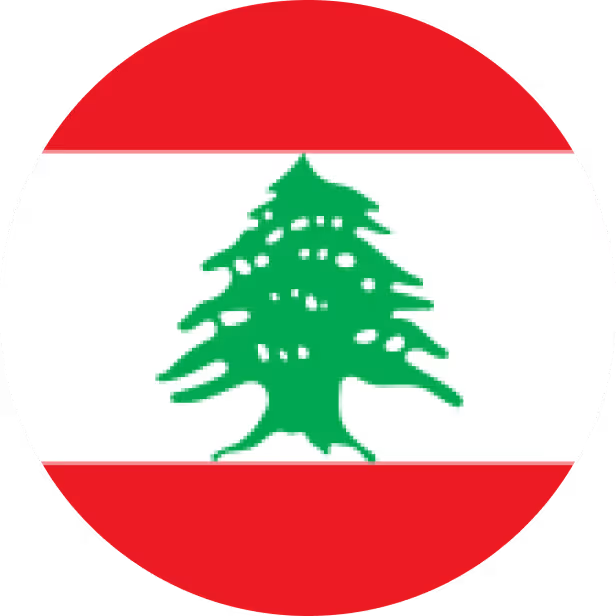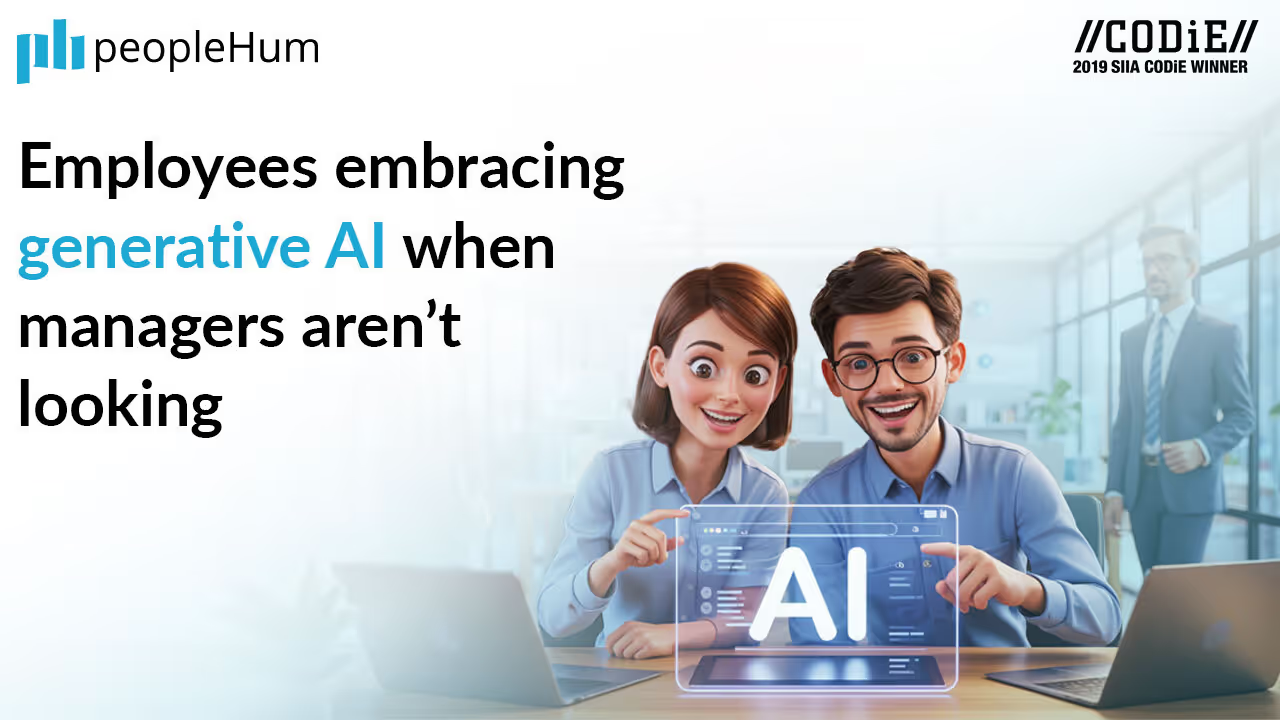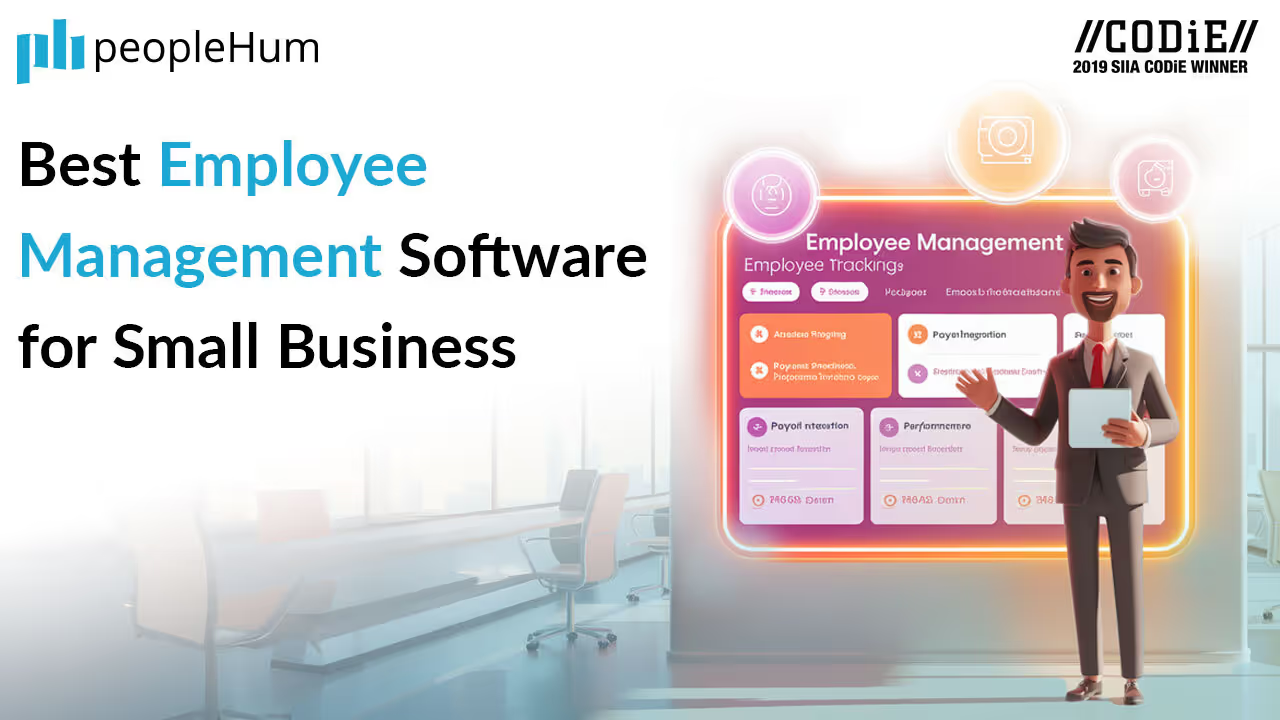There are some employees who never make noise, never demand raises, and yet somehow still keep the entire system running smoothly. They fix problems before anyone notices. They don’t chase visibility; they chase outcomes. They’re invisible in performance reviews because corporate systems are wired to reward visibility, not value. The loud ones talk about achievements; the quiet ones build the foundations everyone stands on. So the real HR question isn’t “how do we make employees speak up?” it’s “how do we build systems that notice even when they don’t?”
In people analytics terms, these employees often show high consistency scores, low absenteeism, and strong peer collaboration metrics. They may not show up in “top 10 performer” dashboards, but their ripple effect is visible across team sentiment and retention scores.
What recognition systems actually work for quiet performers?
Let’s break down recognition models that actually make quiet excellence visible without forcing employees to change who they are.
1. Skills-based ladders: Reward mastery, not noise
Skills-based ladders shift the reward focus from “who’s most vocal” to “who’s most competent.” This model maps growth and recognition to specific skill benchmarks. It is turning your career ladder into a skill tree - one that updates automatically as employees complete learning goals or demonstrate capabilities.
Key features:
- Transparent skill progression mapped to defined competencies.
- Continuous learning credits that tie directly to compensation and title changes.
- Visibility for technical or support roles that rarely make presentation slides but deliver impact daily.
2. Invisible contribution scoring: Measuring the work nobody sees
A recognition system that detects and rewards impact that happens behind the scenes - the teammate who reviews every document, cleans up messy data, or saves time by improving processes - this is the essence of invisible contribution scoring. Using workflow data, collaboration metrics, and quality indicators, HR can assign value to “maintenance work” that keeps the machine running but never hits presentation slides.
Key features:
- Tracks micro-contributions using integrated systems (Slack, project tools, HRIS).
- Recognizes behind-the-scenes impact in team efficiency and morale.
- Generates “contribution heatmaps” to visualize consistent support behavior.
3. Bespoke progression plans: Personal growth without the ladder chase
Quiet stars often dislike competing for spotlight promotions. For them, progression should feel personal, not political. Bespoke progression plans give employees customized growth paths aligned to their strengths, ambitions, and preferred pace. Instead of a one-size-fits-all promotion model, HR designs role enrichment journeys, lateral moves, project leadership, or skill specialization with equal recognition weight.
Key features:
- Individual growth plans co-created by HR, employee, and AI-driven insights.
- Recognition points for contribution quality, mentorship, and process innovation.
- Regular feedback loops that don’t depend on “asking for more.”
- Increase in retention of introverted or highly specialized employees.
4. Peer-based validation: Recognition that comes from the ground up
Who knows the value of a quiet performer better than the colleagues they help every day? That’s why peer validation is becoming a core pillar of modern recognition systems. Instead of relying on annual reviews, HR can create micro-recognition loops allowing peers to endorse or “thank” contributors through quick digital interactions tied to real impact.
Key Features:
- Peer endorsements tied to skills, not popularity.
- Gamified recognition dashboards visible to HR and team leads.
- Weighted scoring system where diverse peer groups validate contribution.
- Empowers peers to elevate quiet achievers without waiting for manager approval.
5. Automated recognition nudges: When AI becomes the reminder
Even good managers forget to recognize consistently. That’s where automated recognition nudges change the game. AI can now detect behavioral and performance trends and remind leaders when recognition is due. For instance, if an employee has maintained high task accuracy or improved collaboration metrics over time, the system can prompt a recognition message or badge.
Key features:
- Predictive nudges based on behavior data.
- Personalized prompts for managers to acknowledge impact.
- Integrations with chat platforms for real-time recognition.
How to build a recognition system that feels fair and future-ready
Building a recognition system that feels fair and future-ready requires integrating data, transparency, and a continuous feedback loop. It must shift from being an annual event to a continuous, skill-based, and multi-source process that is clearly explained to employees.
- Skill visibility: Recognition must be linked directly to an employee's unique, mapped capabilities to validate specific expertise, not just generic effort.
- AI transparency: Employees must understand the underlying logic of how automated data and AI triggers recognition to maintain trust in the system.
- Cultural calibration: Managers require training to interpret data with empathy, contextualizing metrics with human judgment to ensure fairness.
- Feedback frequency: Shift from delayed annual processes to weekly or real-time validation to ensure timely and relevant reinforcement of positive actions.
- Multi-source recognition: Recognition must blend input from AI, peers, and self-assessment to create a balanced, 360-degree view of contribution.
The psychology behind silent excellence:
Some of the best employees aren’t shy, they’re selective. They believe their work should speak for itself, and often, it does. But corporate systems that over-reward extroversion make these individuals disengage from visibility games.
Psychologically, they value purpose and autonomy over praise. They thrive when recognition aligns with authenticity, not performance theater. Recognizing them properly means respecting their boundaries, using data and systems to amplify impact without forcing self-promotion.
What happens when you finally reward the quiet ones?
When HR and management focus on rewarding the high-impact, low-visibility contributors, the recognition strategy changes from rewarding visibility to rewarding value and substance.
1. Retention improves
- Quiet stars, motivated by mastery and impact, see a direct link between their deep contributions and career growth.
- They no longer feel the need to engage in internal politics or leave the company to find advancement opportunities based purely on merit.
2. Team trust rises
- Recognition becomes clearly tied to demonstrable, high-quality results rather than charisma or networking ability.
- Colleagues perceive a high degree of fairness in recognition distribution, which reduces cynicism and strengthens team cohesion.
3. Innovation scales
- Recognizing quiet achievement creates the psychological safety needed for introverted or analytical employees to share complex, unconventional ideas.
- This unlocks a deeper, previously untapped reservoir of intellectual capital and diverse problem-solving approaches across the organization.
4. Manager dependence drops
- The use of systemic tools like peer-to-peer recognition and measurable project-based bonuses decentralizes the reward mechanism.
- Recognition becomes a function of the system, not the manager's personal oversight, empowering employees with greater autonomy and self-direction.
Wrapping it up
Recognition is about who holds the team together when no one’s looking, and not the one who's busy just talking about how. The future belongs to organizations that build systems which are capable of hearing silence and recognize those who move the needle quietly, consistently, and brilliantly. Quiet stars don’t need applause. They need acknowledgement that counts.
With peopleHum, you can make quiet excellence visible, ethically, transparently, and sustainably.
👉 Explore how peopleHum can power your recognition systems:
https://www.peoplehum.com/demo































%20(1).avif)



.avif)














